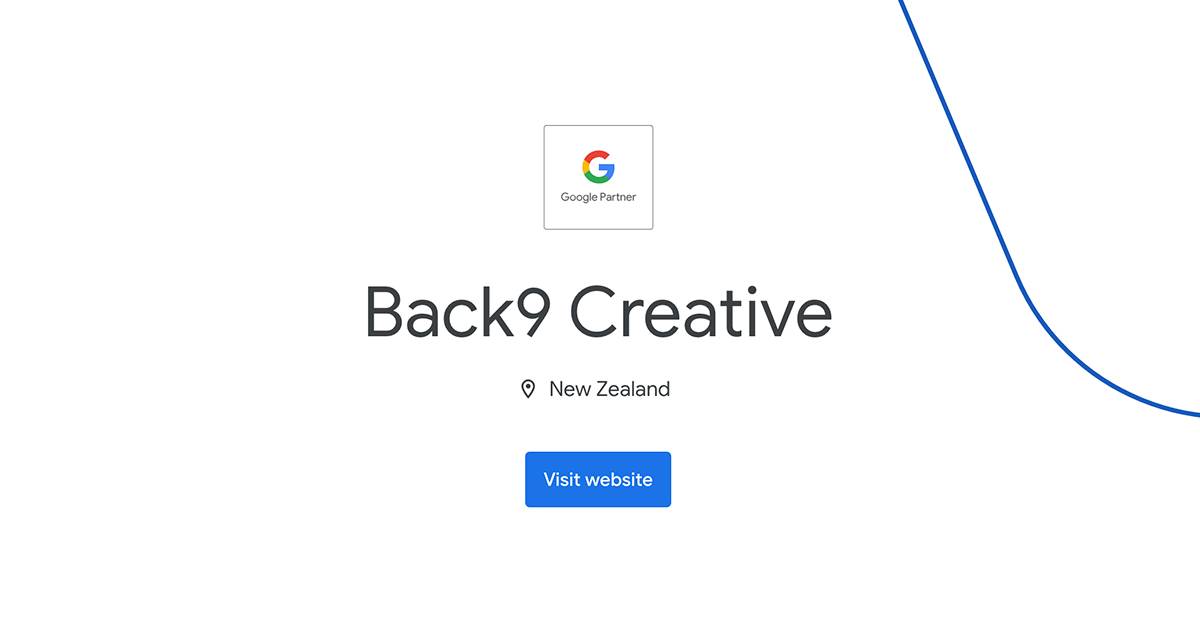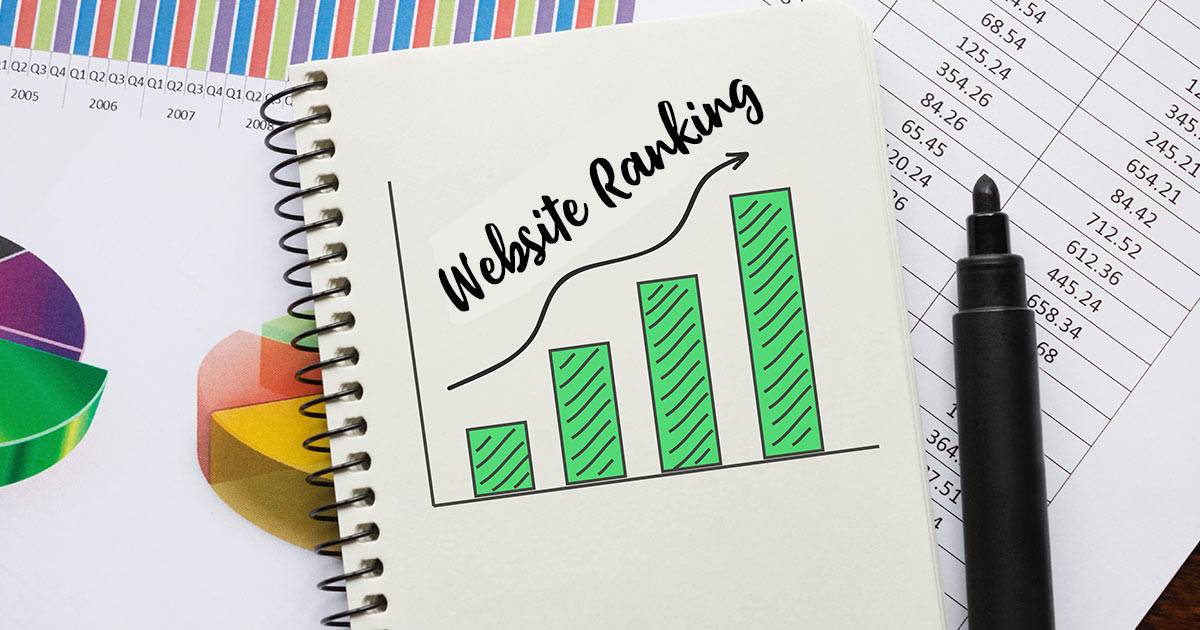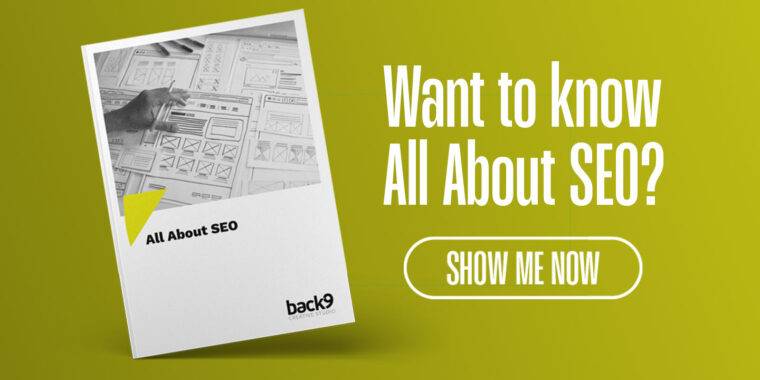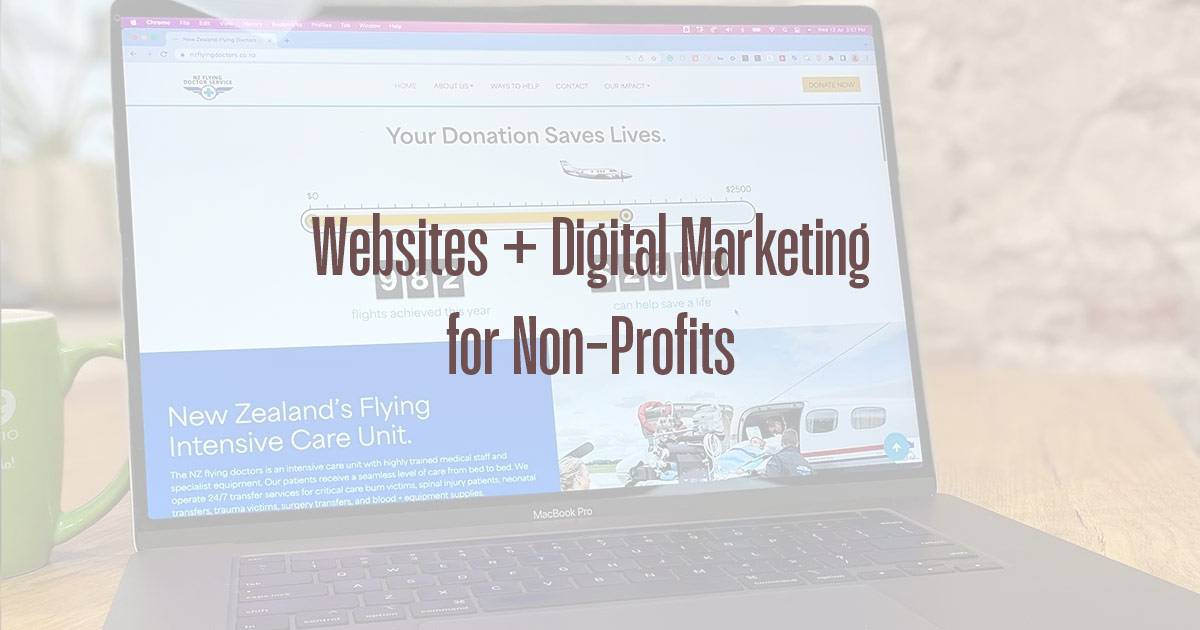In the vast landscape if internetness, and digital advertising, you want to know you’re in good hands! Therefore, finding a certified Google Partner can be a game-changer for your business. But how to find if one is a legit google partner or not. And how do you find certified Google Partner that aligns with your needs and goals?
Understand your Goals
Firstly, start with a clear understanding of your business objectives. Identifying your specific needs helps in narrowing down your search for a Google Partner with the expertise that matches your requirements.
You could begin with a google search. Something like “Who is the Best Google Ads Agency in New Zealand” Or you can go straight to the Google Partner Directory! This comprehensive tool allows you to filter partners based on their location, industry expertise, and the services they offer. It’s a straightforward way to find partners tailored to your business.
Look for the Google Partner badge.
This badge signifies that a company has met Google’s stringent requirements for certification. It’s a visible indicator of a partner’s proficiency in Google Ads and their commitment to maintaining high standards. From most Google Partner’s websites you’ll see a Google Partner logo. However this doesn’t always mean their staus as a Certified Google Partner is current. You can generally click their badge and it’ll take to Google’s official Partner directory listing.
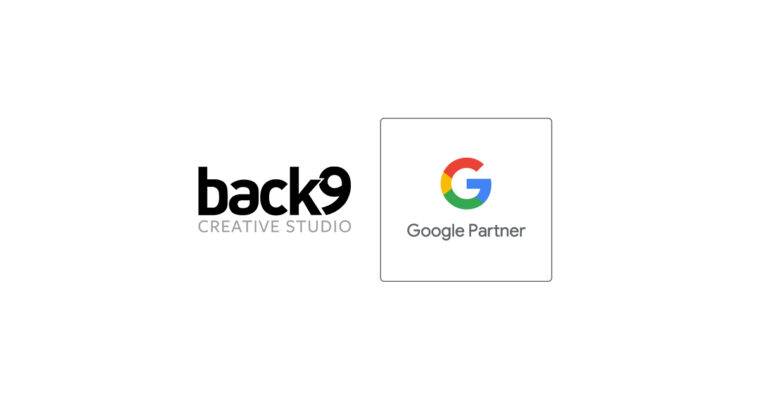
Reviews and Feedback
When searching for potential certified Google partners, pay attention to client reviews and testimonials. Real-world experiences offer valuable insights into a partner’s reliability, communication, and ability to deliver results. These firsthand accounts help you make an informed decision.
Consider the range of services offered by these potential Google Partners. A diverse skill set ensures that you can tap into a variety of digital marketing strategies, from search and display advertising to video and mobile campaigns. This versatility is crucial for a comprehensive marketing approach.
Meet with Potential Certified Google Partners
Engage in direct communication with prospective partners. A reliable certified Google partner is transparent and open to discussing your specific needs. They should be able to explain their strategies in clear, concise language, demonstrating their commitment to effective communication.
Transitioning from the initial search to selecting a Google Partner involves careful evaluation. Ask about their experience, inquire about their approach to campaign optimisation, and discuss how they tailor strategies to align with your business objectives.
The process of finding a certified Google Partner is an active one. Instead of passively relying on directories, take charge of your search. Engage in conversations, ask questions, and ensure that the partner you choose is not just certified but also the right fit for your unique business requirements.
Choose the right option for you
In conclusion, the journey to find a certified Google Partner involves a mix of strategic searching, clear communication, and informed decision-making. By taking an active role in the process, you can secure a partnership that propels your business to new heights in the digital realm. So, embark on your search with confidence, trust your instincts and unlock the benefits of collaborating with a certified Google Partner.

